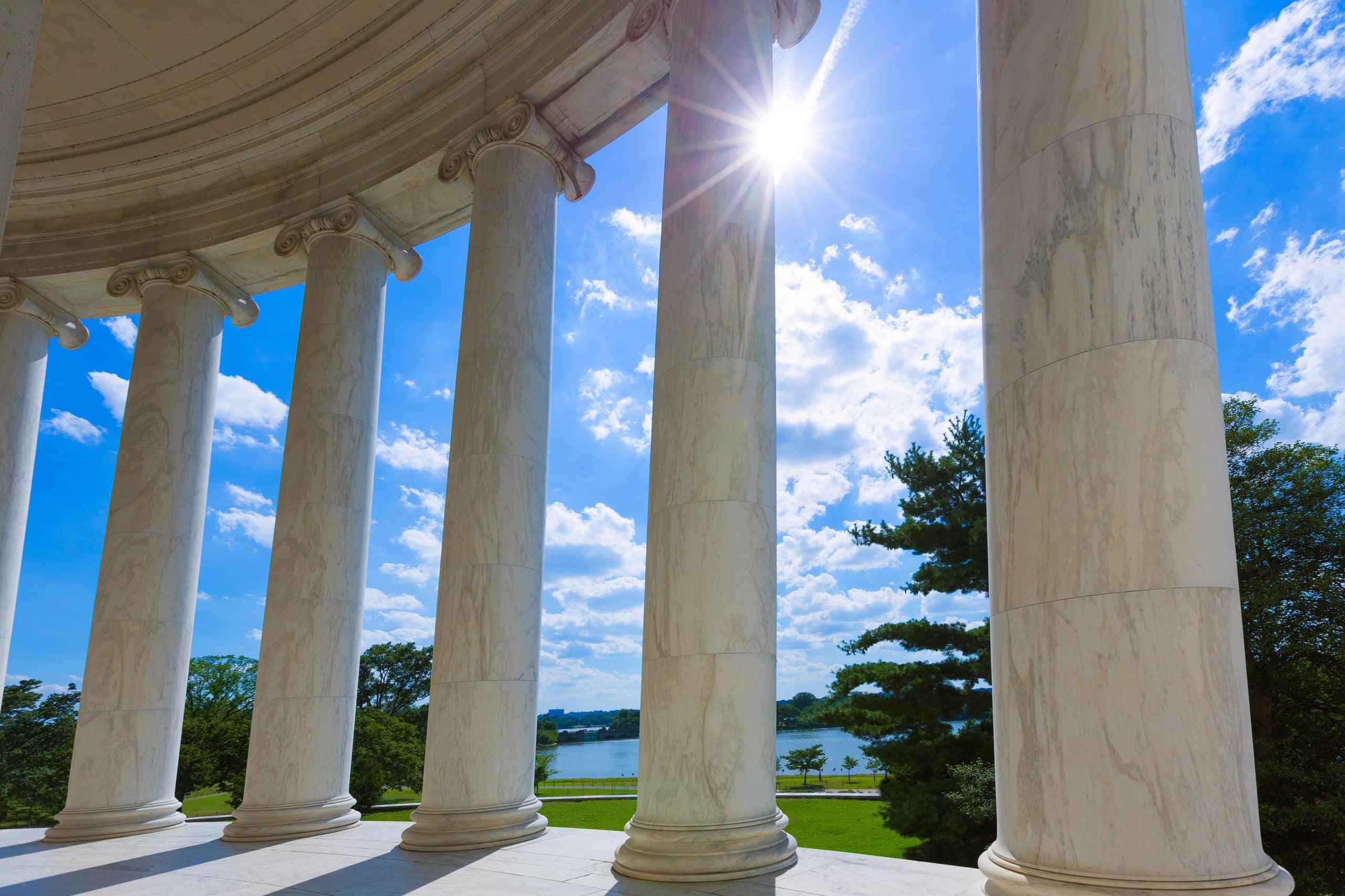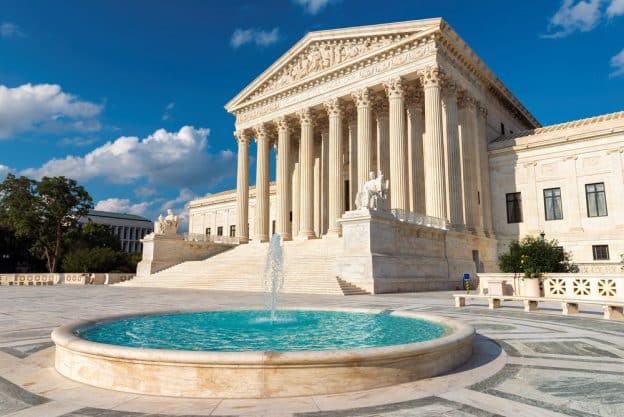Overview
In Unit 1. Colonizing America, we will study the legal and religious foundations of religious freedom in colonial America, with special attention to (1) the Puritan “Bible State” of Massachusetts, as governed by John Winthrop; (2) the “lively experiment” of liberty of conscience in Roger William’s Rhode Island, the first known government to not establish an official state religion.
In Unit 2. Constituting America, students will study (a) the religious framing of the Declaration of Independence; (b) the U.S. Constitution and its “no religious test for office” clause; (c) the First Amendment, which dictated that “Congress shall make no law respecting an establishment of religion, or prohibiting the free exercise thereof”; and (d) the local movements to disestablish religions from state constitutions. Students will examine how the Bible was used by leaders to justify “separation of church and state” at the federal and state level and how interreligious conflicts resulted in “no aid to religion” laws in the states decades before the institutionalization of compulsory education.
In Unit 3. Reconstructing America, students will analyze how (a) the Civil War was seen as a religious event; (b) how confederates used the disestablishment principle in the American Civil War to argue against the religious motivations of abolitionists; and (c) how federal and state regulations of Mormons set the stage for what we know today as the foundations of law and religion in America. Special attention will be given to (d) the role the federal Indian schools had in hiring favored religious groups to convert indigenous children to Christianity; and (e) why the U.S. Supreme Court upheld twice the longstanding practice of limiting the naturalization of immigrants to those who met the legal definition of “white.”
In Unit 4. Whose America?, this unit will conclude with an examination of manifestations of “religious animosity” in two contemporary cases were issued within weeks of one another in June 2018: (1) the U.S. Supreme Court’s affirmation of a baker’s right not to be penalized for his religious views, which the state commissioners publicly criticized; and (2) the Court’s affirmation of the travel ban on citizens from seven countries, five of which are Muslim-majority countries, in spite of what the courts’ characterized as the President’s undisputed animosity toward Islam. Together, we will ask in Whose America is religious freedom preserved and for whom? We will conclude with a discussion of the future of religious liberty in a nation of religious minorities. We will discussion of how religious literacy and legal literacy may protect America through these growing pains and may support your future careers.






